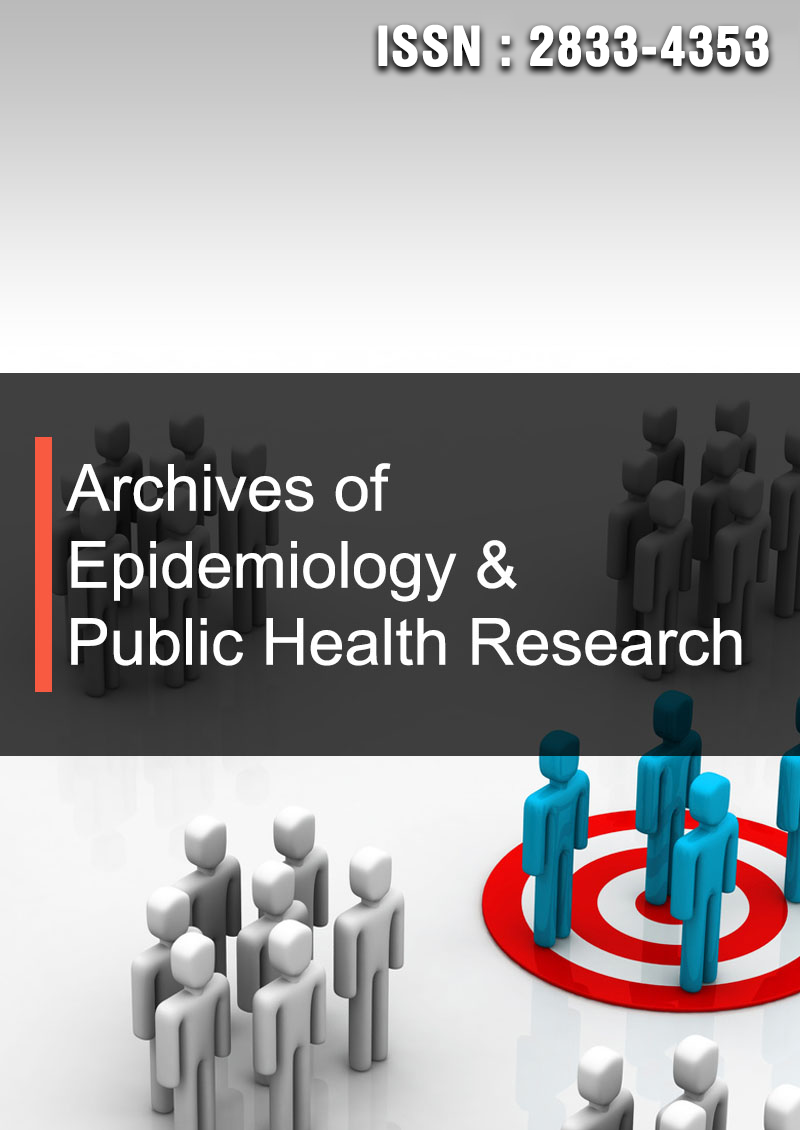European Safety Measures and Specific Legislation for The Control and Eradication of Common Ragweed (Ambrosia artemisiifolia)
Abstract
Irina Mihaela Stoian, Simona Parvu and Dana Galieta Minca
Air pollution and climate change through global warming are directly linked. Research in the field has proposed and demonstrated their link to increased allergenicity and changing patterns of aeroallergenic plants, including common ragweed - Ambrosia artemisiifolia, leading to an increase in the number of people with respiratory allergic diseases. The factor that seems to limit the spread of aeroallergenic plants is the cold climate; there are many other factors that lead to the spread of these types of weeds: transport systems (road, ship), agriculture and agro-industry, construction areas, animals (contribute to natural dispersal). In Europe, up to 12% of the population is reported to suffer from allergic respiratory diseases (allergic rhinitis and bronchial asthma) caused by the pollen grains of aeroallergenic plants. Their quality of life is impaired and the medical costs of treating these conditions are high and rising with the spread of aeroallergens and, in particular, ragweed across the continent. This research aimed to identify safety measures, prevention measures through continuous monitoring of Ambrosia artemisiifolia, including specific legislation in countries affected by the spread of this weed; identify control and eradication practices, and the costs allocated to the treatment of respiratory allergic diseases. The research method used was a systematic review of literature, scientific databases. Both the legal provisions and standards applicable in the different Euro- pean countries and the measures and ways to raise awareness of the population affected by the spread of common ragweed were identified; from the studies that were used for this research, we also identified the measures used to eradicate the weed, the monitoring/safety measures, information on the spread of the weed in the last two decades (by clearly delimiting the affected areas) and the costs per treatment for respiratory allergic diseases (allergic rhi- nitis and bronchial asthma) in the most affected countries in Europe. The use of alert systems, local and regional cooperation against the spread of common ragweed pollen and the exchange of information on identification meth- ods, eradication techniques and subsequent management of the spread of common ragweed should be considered essential. Uniform legislation and the application of common eradication techniques at European level may further contribute to slowing down the spread of this plant and, in addition, to reducing the morbidity caused by respiratory allergic diseases as well as the costs for the treatment of these diseases.



